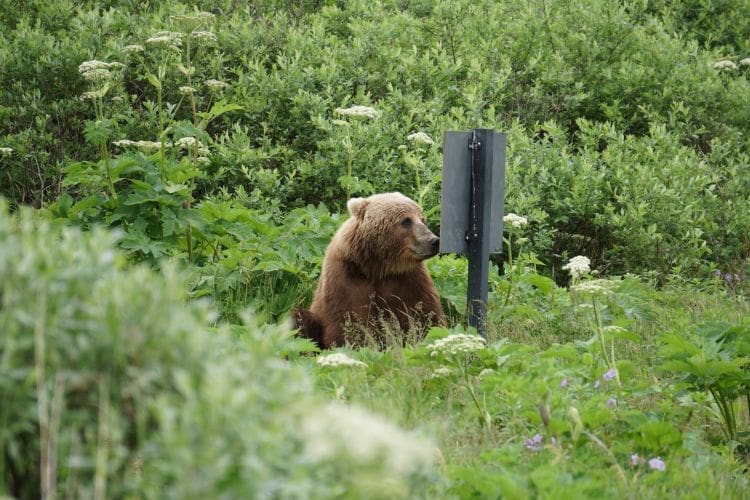By Sue Nichols | Michigan State University
Studies working to map conservation historically have left humans out of the equation. This study proposes ways to build in the outsized footprint created by people in wild places.

Humans are outsized actors in the world’s wild places where there are struggles to preserve and protect vital natural resources and animals, birds and plants. Yet people and their plus-sized footprint are rarely discussed in models seeking to predict and plan for trajectories of endangered species.
Sustainability scholars at Michigan State University in this week’s journal Nature Ecology and Evolution reveal the decades-long gaps in research and propose a new way of creating accurate visions for endangered species.
To map and predict species geographic distributions around the globe and understand the factors that drive them, ecologists,, conservation biologists, and many others use powerful computational tools called species distribution models (SDMs). These tools are used for conservation, understanding disease spread, food security, policy planning, and many other applications. To inform their predictions, scientists typically include the surrounding environment, such as climate and natural habitat.
But according to PhD candidate Veronica Frans, “we have a new reality that must be recognized if we want SDM predictions to be realistic and most helpful: we live in a human-dominated world.”
Frans and her advisor Jianguo “Jack” Liu, Rachel Carson chair in sustainability and director of MSU’s Center for Systems Integration and Sustainability, reviewed and synthesized 12,854 published studies covering over 58,000 species around the world, modeled across local to global spatial scales.
They found that only 11 percent of those studies included human activities – which Frans said doesn’t reflect reality.
“Nearly half the articles projecting to future climates held human predictors constant over time,” Frans said. “That’s risking false optimism about the effects of human activities compared to climate change.”
They also found how scientists have been considering the future: nearly half of the SDM studies predicting species distributions have used different future climate scenarios but left data related to human activities constant over time. This means that modelers trying to understand where species will be distributed in the next 50 to 100 years were assuming human activities, development, infrastructure, and other human pressures will not change in the future.
“In our current era, human influence is pervasive and human-species interactions are diversifying and amplifying, and yet it is not being well accounted for in one of the most popular modeling tools in ecology,” Frans said.
They noted that modelers haven’t had a choice in the matter: geographic data on future human development have been sparse.
“This is an important aspect we must work to improve, since nature and humans are tightly linked, not only locally, but also across long distances,” Liu said. “They form metacoupled human and natural systems. We will only be able to make significant and swift progress toward global sustainability when we consider all aspects of our real world.”
More information: Veronica F. Frans, Jianguo Liu, ‘Gaps and opportunities in modelling human influence on species distributions in the Anthropocene’, Nature Ecology & Evolution (2024); DOI: 10.1038/s41559-024-02435-3; Michigan State University – Press Release. Featured image credit: Erik Mclean | Pexels




